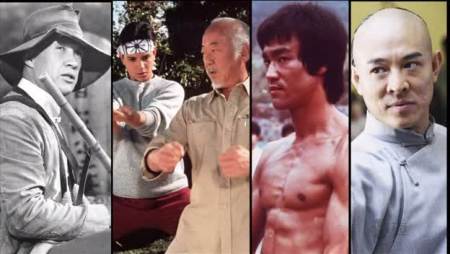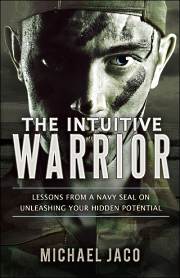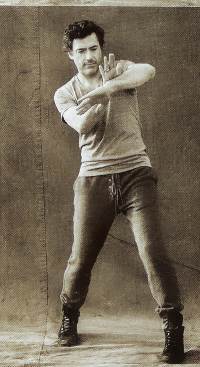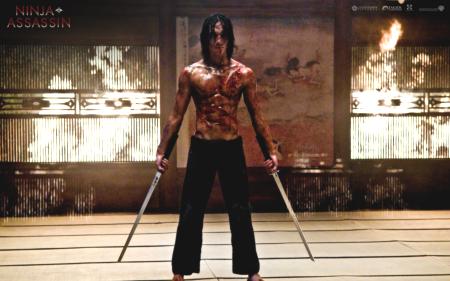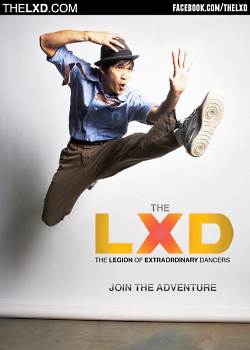
From the New York Times:
“They lie amongst us, preparing for battle, waiting to rise and change things for good. Some are gifted in ability, others are trained to master it and some, some have it bestowed upon them at birth, but they all must choose.” These words, spoken in a James Earl Jones baritone, could be the opening crawl for the latest “X-Men” movie. But they aren’t referring to traditional superheroes, at least not in the masked and overly muscled sense. They are dancers.
The lines come from the first episode of “The LXD” or “The Legion of Extraordinary Dancers,” a new dance-inspired Web series created by Jon M. Chu, the 30-year-old director of the hit 2008 movie “Step Up 2: The Streets” and the soon to be released “Step Up 3D.”
The series, which made its debut on July 7 on Hulu is produced by Mr. Chu and Hieu Ho with Agility Studios, and is a leap in Web-based original programming. “This is the most ambitious project that has been done for the Internet,” said Thomas F. Lesinski, the president of Paramount Digital Entertainment, adding later that the cinematography “could hold up in a movie theater.” New episodes will appear every Wednesday throughout the summer. Changing public perceptions about dancers was part of what Mr. Chu had in mind when he conceived the series.
“Dancers actually have a real power,” said Mr. Chu, who studied tap growing up in Palo Alto, Calif., before he fell for filmmaking, and this is how he views the dancers in the show. “Some people call it aura, some people call it chi, we call it ra,” he said. “And the ra is that power.” He added: “So when a b-boy does his spins, if you concentrate, you can see him shoot out that power, and it can affect someone physically. Or like when a ballerina cuts her leg through the air, it’s actually like a Ninja slice across someone’s face. And a jazz dancer’s jazz hands can actually rumble the floor if they know how to do it in the right way.”

